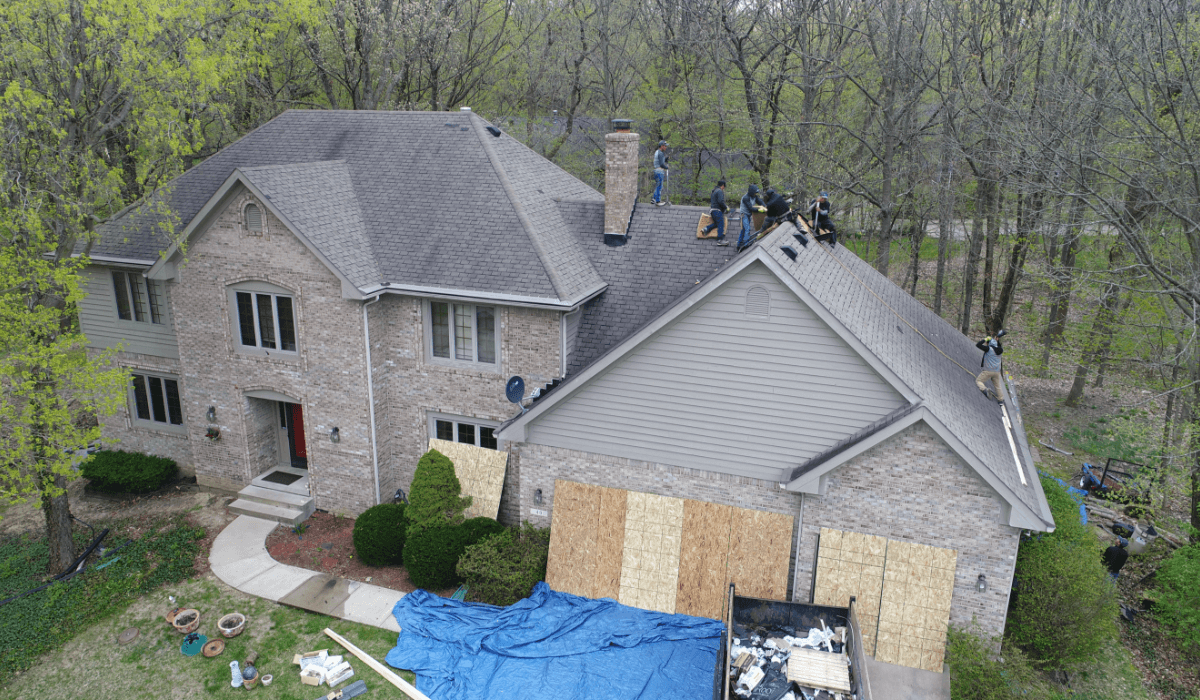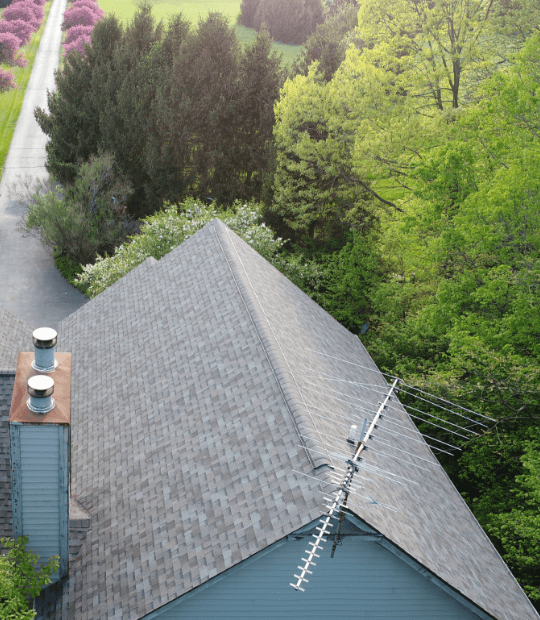Your roof is one of the most critical components of your home, protecting it from the elements and maintaining structural integrity. However, over time, exposure to weather conditions and natural wear and tear can compromise its effectiveness. Conducting regular roof inspections is essential to ensure its health and longevity. The art of roof inspections lies not just in identifying issues but also in proactively maintaining and preserving the integrity of your roof.
Importance of Roof Inspections
Regular roof inspections are akin to preventive maintenance, allowing homeowners to identify potential problems early and address them promptly. Neglecting roof inspections can lead to undetected damage, which may escalate into more significant issues, requiring costly repairs or even premature roof replacement.
Preventive Maintenance
A proactive approach through routine roof inspections helps catch minor issues before they become major problems. This proactive maintenance can significantly extend the lifespan of your roof.
Identifying Damage
Roof inspections enable the detection of damage caused by weather elements, such as wind, rain, snow, or hail. Identifying leaks, missing shingles, damaged flashing, or structural issues early on can prevent further deterioration.
Ensuring Safety
A well-maintained roof ensures the safety and security of your home and its occupants. Regular inspections help mitigate potential safety hazards by addressing weak spots or structural weaknesses promptly.
The Art of Conducting Roof Inspections
Performing a thorough roof inspection requires attention to detail and a systematic approach. Whether you opt for a self-inspection or hire a professional, certain key steps must be followed:
Exterior Inspection
- Visual Examination: Start by visually inspecting the roof from the ground. Look for signs of missing, damaged, or curling shingles, as well as sagging areas or debris accumulation.
- Check Flashing and Seals: Inspect flashing around chimneys, vents, and skylights for any signs of damage or deterioration. Ensure seals are intact and watertight.
- Gutter Assessment: Examine gutters for clogs, debris buildup, or damage. Clogged gutters can cause water to pool on the roof, leading to damage.
- Evaluate Soffits and Fascia: Assess the condition of soffits and fascia for signs of rot, damage, or pest infestation.
Interior Inspection
- Attic Inspection: Conduct a thorough inspection of the attic or crawl space. Look for signs of water stains, mold, or dampness, which may indicate a leaking roof.
- Check Ventilation: Ensure proper attic ventilation to prevent moisture buildup, which can lead to roof damage and compromise insulation.
Professional Inspection
While homeowners can conduct basic inspections, hiring a professional roofing contractor for a comprehensive inspection is highly recommended. Professionals have the expertise and tools to detect hidden issues and provide detailed assessments.
Frequency of Roof Inspections
The frequency of roof inspections depends on several factors:
- Age of the Roof: Older roofs may require more frequent inspections due to increased susceptibility to wear and tear.
- Weather Conditions: Harsh weather conditions or severe storms may necessitate more frequent inspections.
- Type of Roofing Material: Different roofing materials have varying lifespans and maintenance needs.
As a general guideline, conducting roof inspections annually is recommended. However, after severe weather events or if you notice any visible damage or leaks, immediate inspection is crucial.
Benefits of Regular Roof Inspections
Regular roof inspections offer several advantages beyond identifying and addressing issues:
Cost Savings
Addressing minor issues during routine inspections can prevent them from escalating into major problems that require expensive repairs or premature roof replacement.
Extended Roof Lifespan
Proactive maintenance through regular inspections can significantly prolong the lifespan of your roof, saving you money in the long run.
Peace of Mind
Knowing that your roof is in good condition provides peace of mind, ensuring the safety and protection of your home and family.
Increased Property Value
A well-maintained roof enhances the curb appeal and value of your property, making it more attractive to potential buyers if you decide to sell.
The art of roof inspections is an essential aspect of responsible homeownership. By conducting regular inspections and addressing issues promptly, homeowners can ensure the health and longevity of their roofs. Whether through self-inspection or professional assessment, prioritizing roof maintenance safeguards your home, prevents costly repairs, and provides peace of mind. Remember, a proactive approach to roof inspections is key to preserving the integrity of your roof and ensuring its continued ability to protect your home for years to come.



